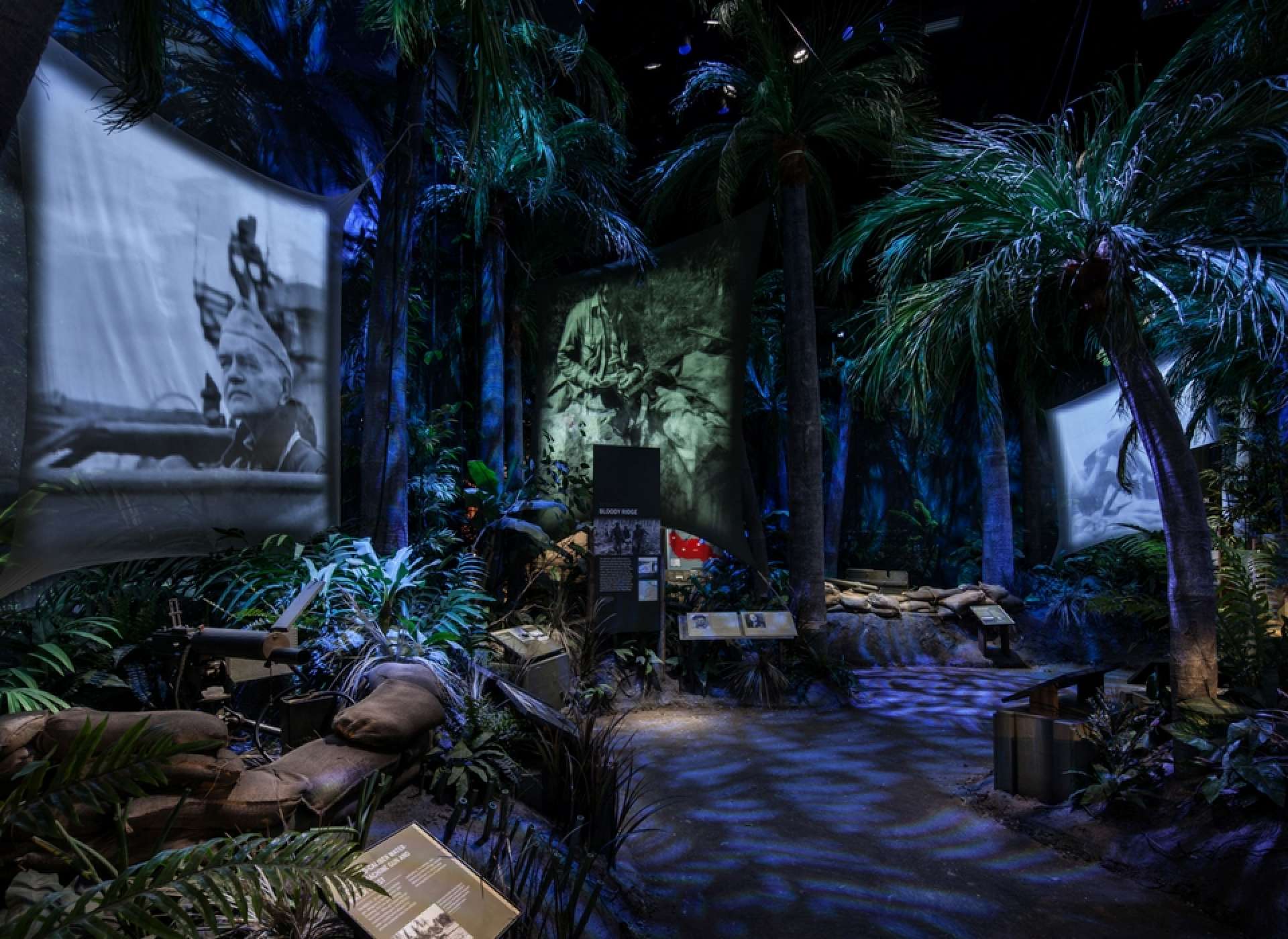The Bloody Ridge exhibit within the Richard C. Adkerson & Freeport-McMoRan Foundation Road to Tokyo: Pacific Theater Galleries has been made possible through a generous gift from Dwight Anderson.
Anderson, who currently serves on the Museum’s Board of Trustees, is the Co-Founder, Principal, & Portfolio Manager of Ospraie Management, an asset-management firm located in New York. Anderson first became involved with The National WWII Museum through his long standing friendship with Board President Richard C. Adkerson. Anderson says Richard’s “passion and enthusiasm in the way he described the Museum was infectious,” and sparked him to visit New Orleans.
On his very first visit to the Museum with his family, Anderson found content and substance of the Museum impressive, backing up Adkerson’s glowing reviews. Anderson decided after the visit to become more involved with institution and its expansion.
A history major in college, Anderson believes in the importance of passing on the story of this monumental conflict to future generations. He noted “to be able to support an institution that was putting together all of the different elements of memorabilia [of the war] and also the multimedia presentations to instruct, teach, show people . . . that would really be beneficial.”
-

The Bloody Ridge exhibit in Road to Tokyo.
Anderson’s studies of World War II moved beyond his college days, as he has become an avid reader of WWII history. One of the first books he read was Guadalcanal Diary, a memoir written by war correspondent Richard Tregaskis. The stories of the months-long battle in the Pacific, and eventual Allied victory, inspired Anderson to make a capital gift to sponsor the Bloody Ridge exhibit within the Guadalcanal gallery.
However, Anderson’s connection to the war extends further than his studies. Two of his great uncles fought in the war, and the souvenirs that his Uncle Eddie brought back—ones Anderson used as toys when he was young—were physical reminders of the recent struggle.
Anderson shared that his involvement with the Museum has been very special. He remarked that hearing the veterans’ stories at the Museum—and the humor and humility that they bring to retelling often horrific circumstances—is very memorable and meaningful. He believes strongly that it is important that these stories are passed along to new, younger audiences. Dwight has demonstrated his belief that the depth and quality of the Museum is something that should be sustained, and his generous support helps ensure it will continue.
The National WWII Museum is incredibly thankful for Mr. Dwight Anderson’s support as we continue to advance along our Road to Victory.

